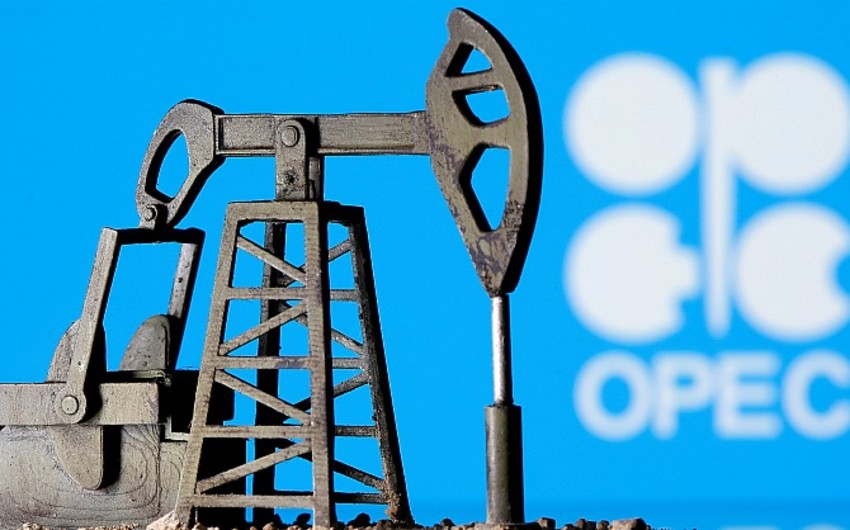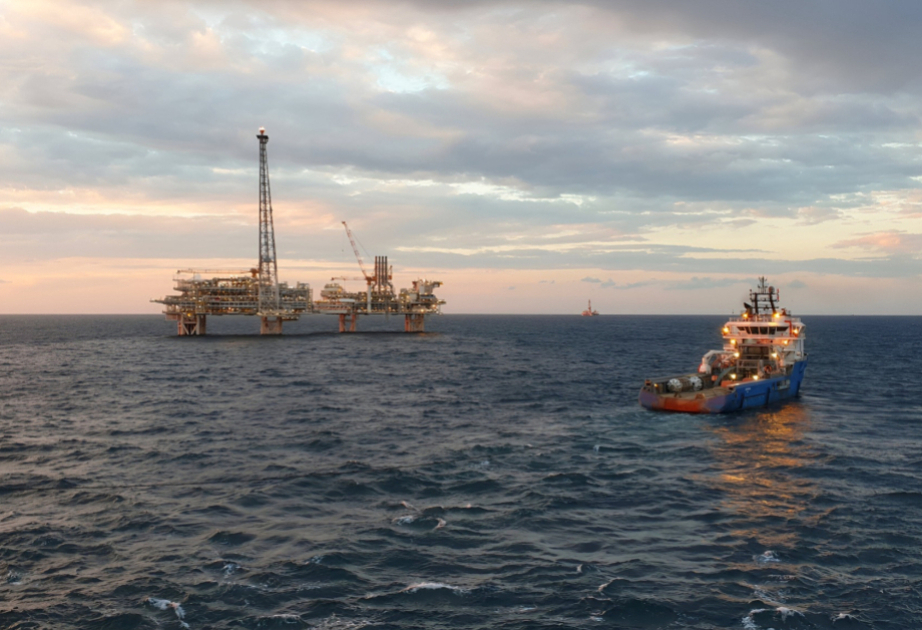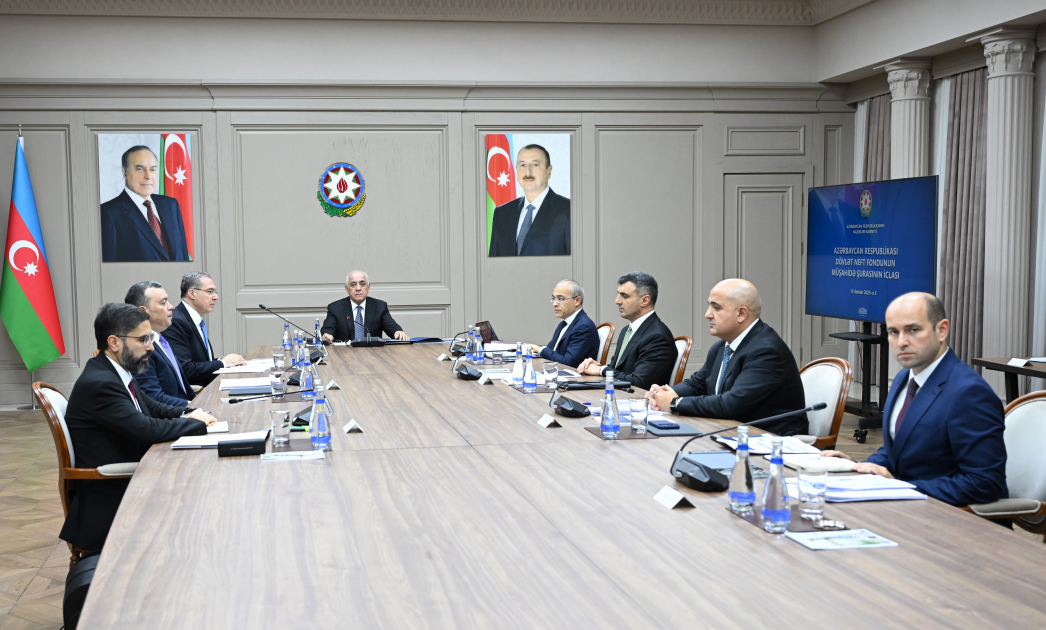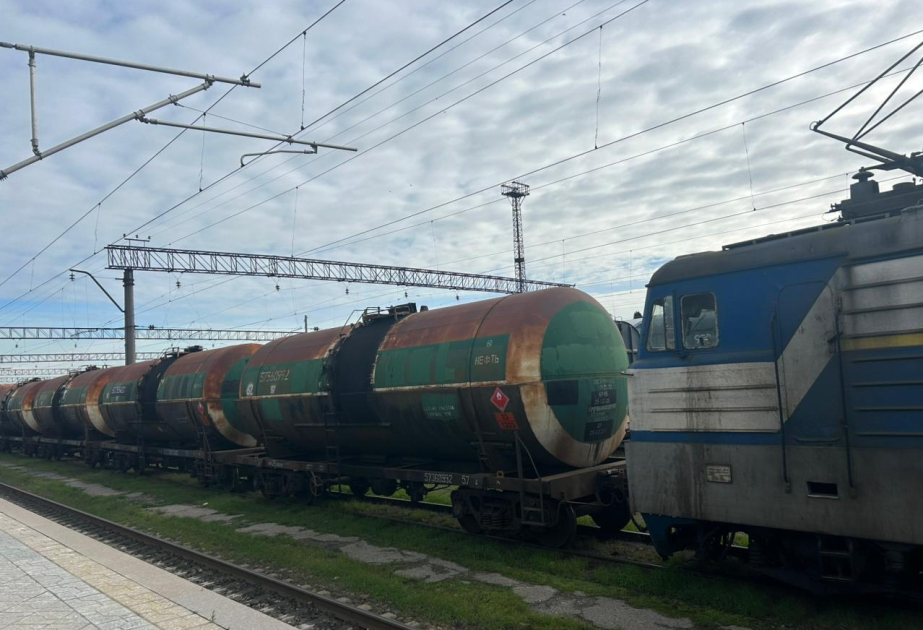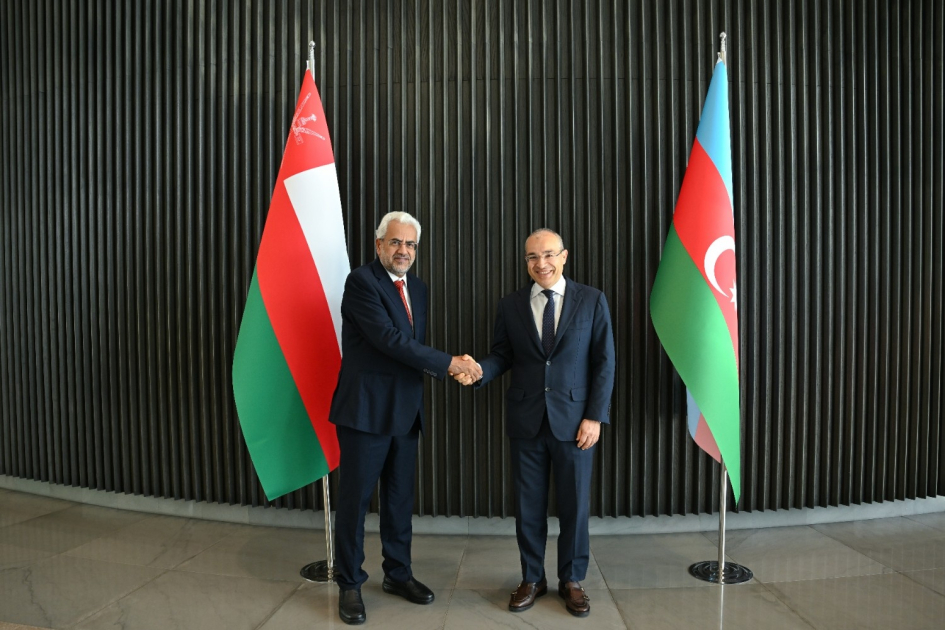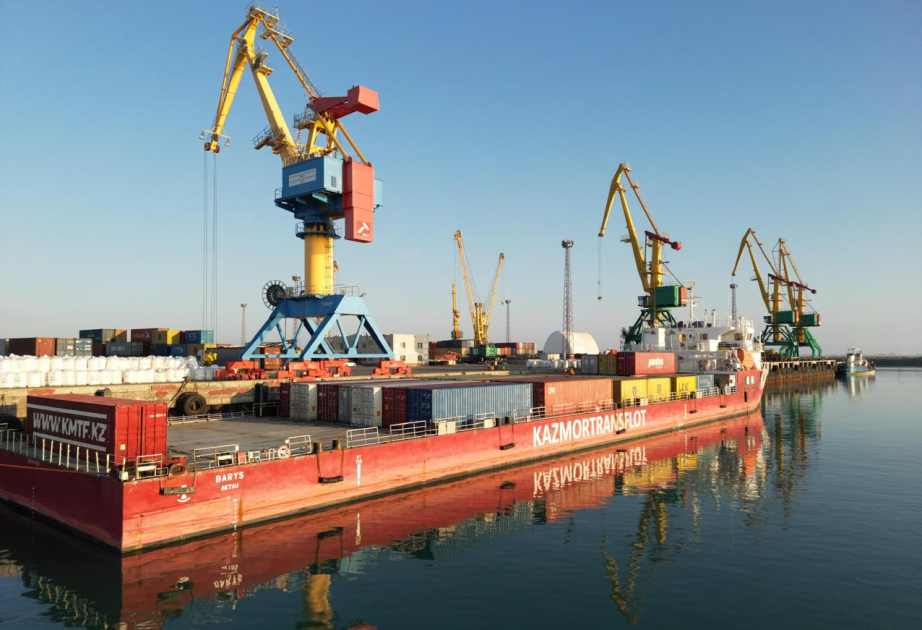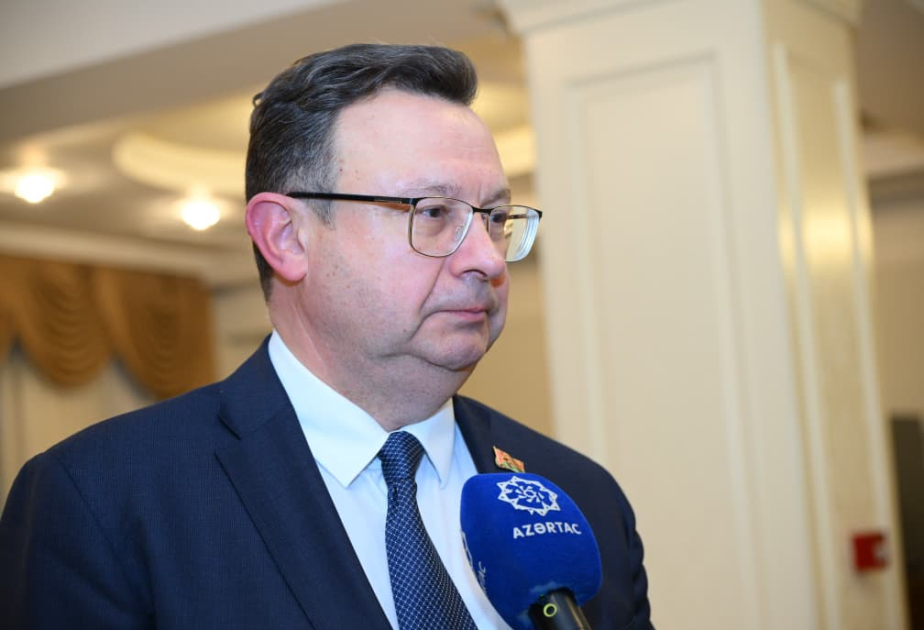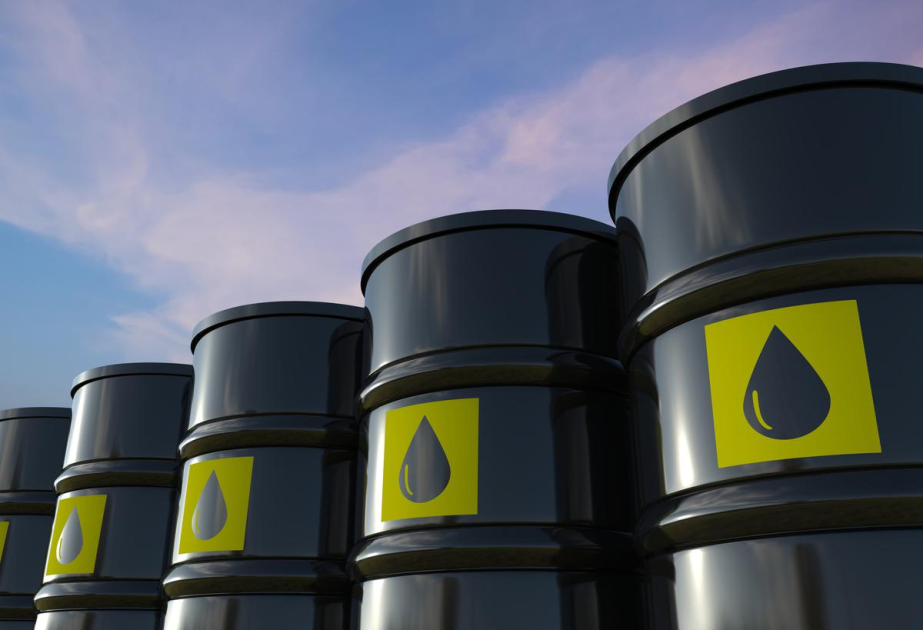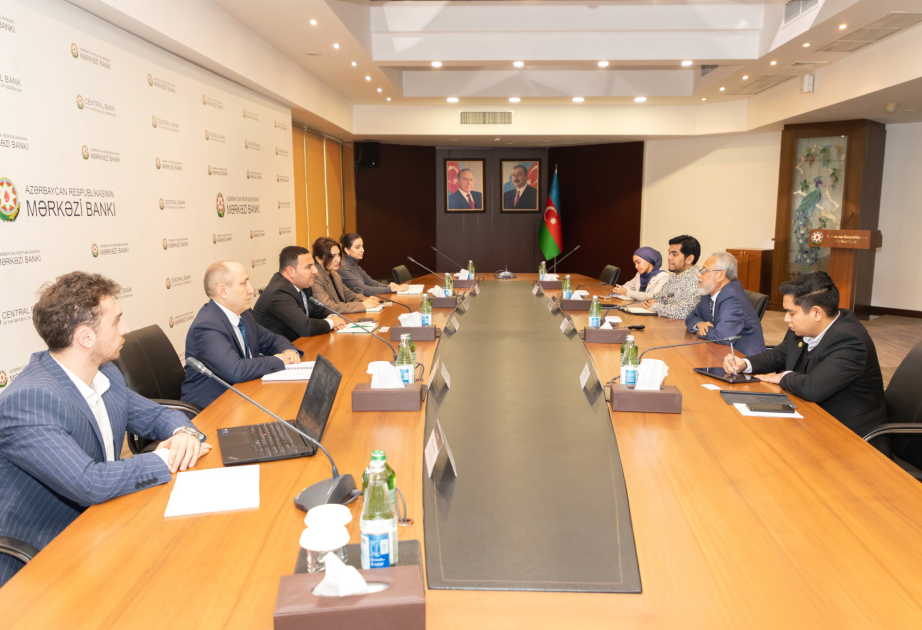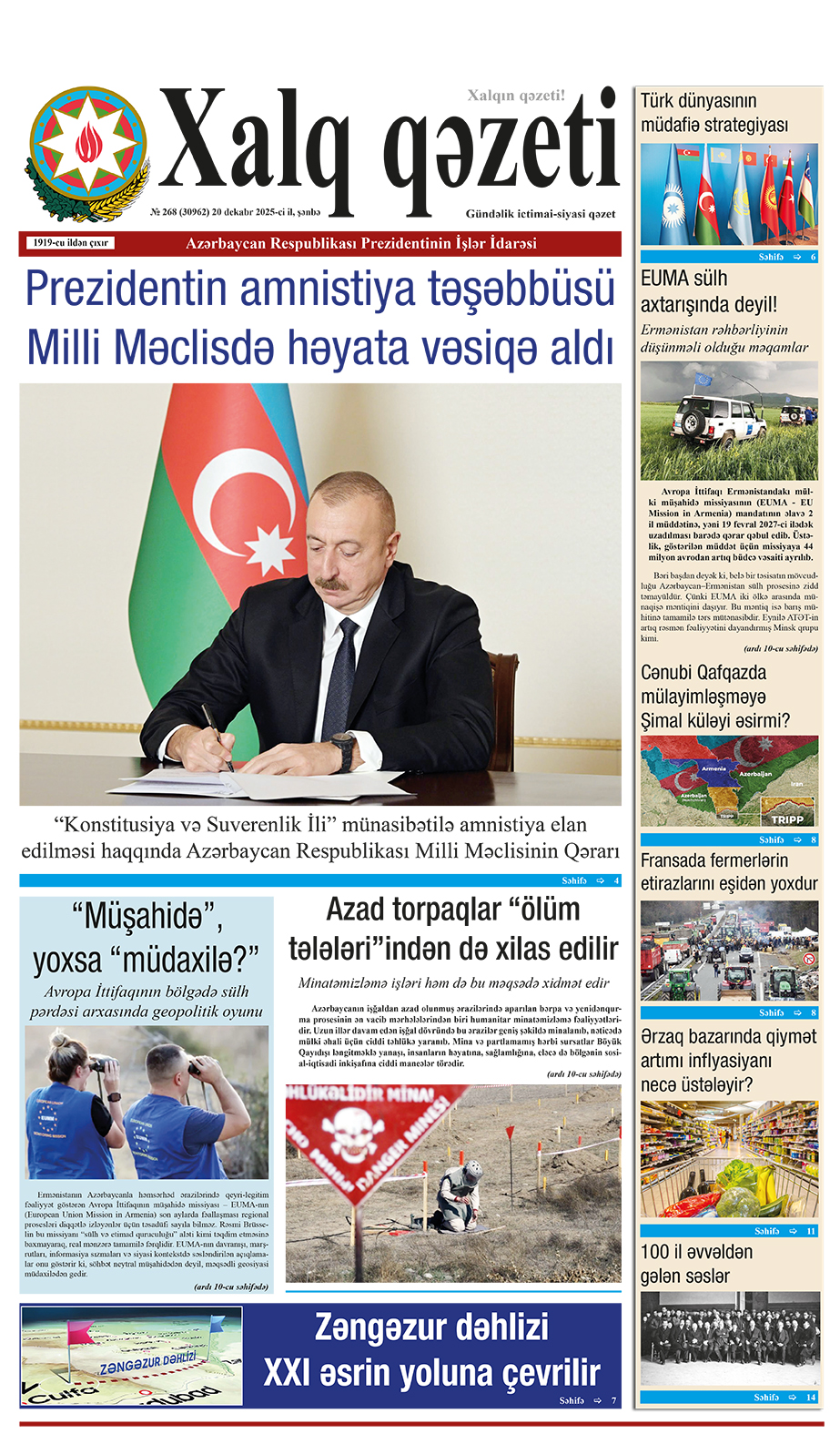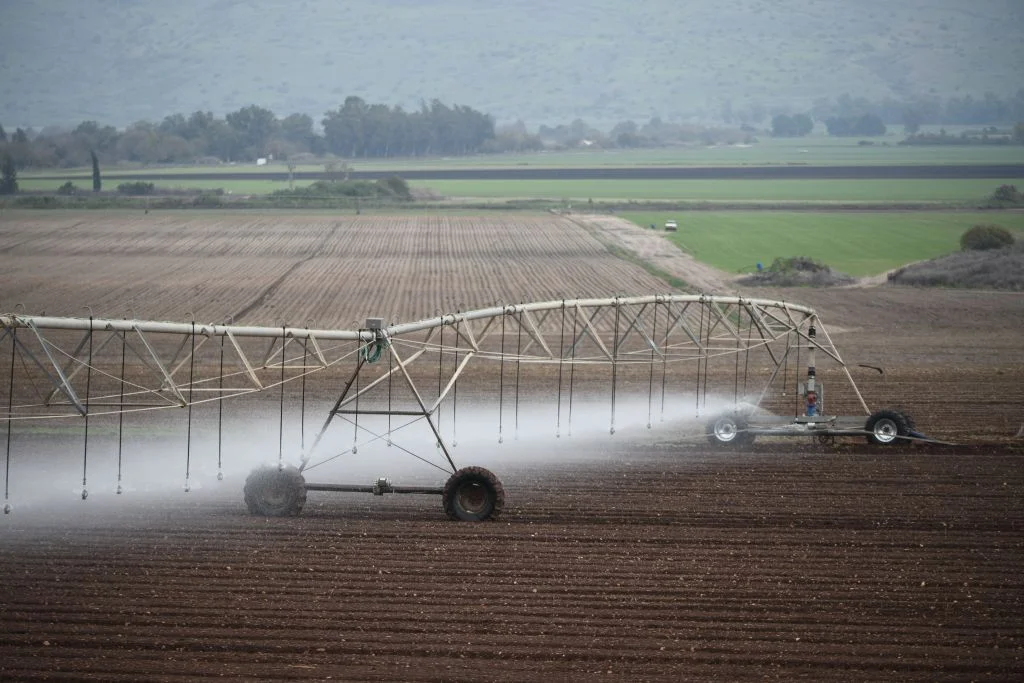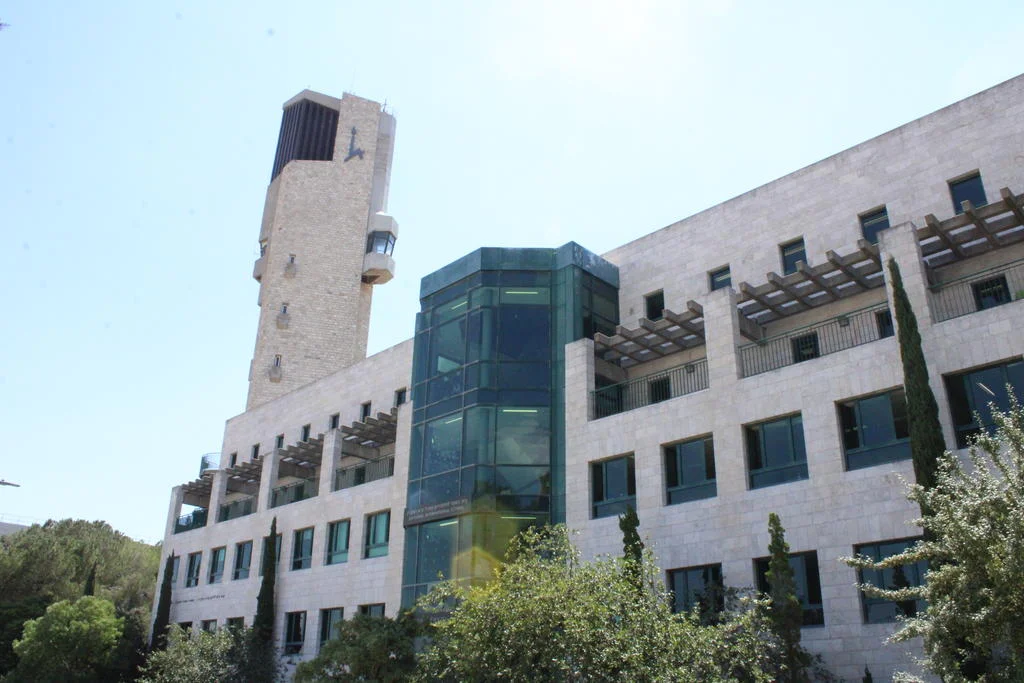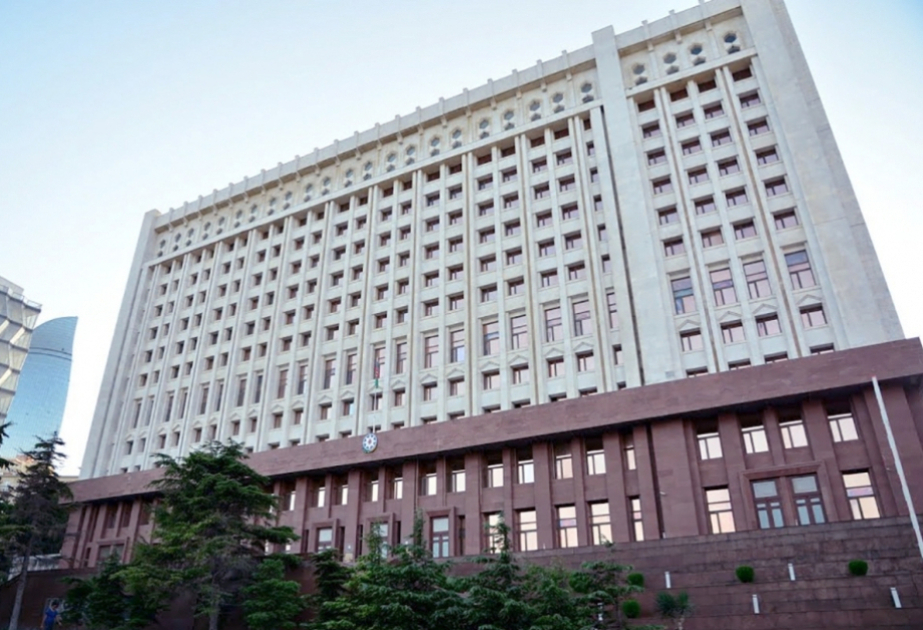In January, Azerbaijan produced 480,000 barrels of oil per day, thereby using the OPEC quota by 87.12%, reads a study by S&P Global Commodity Insights, conducted on the basis of a Platts survey, Report informs.
This figure lags behind the OPEC+ quota by 71,000 barrels per day or 12.88%.
Azerbaijan’s quota for daily oil production is 551,000 barrels.
OPEC+ crude output fell 340,000 b/d in January, the steepest drop in six months, as some members implemented voluntary cuts and protesters shut down Libya's largest field for more than two weeks, the latest Platts survey from S&P Global Commodity Insights found.
The production decline, however, was far less than the approximately 700,000 b/d in cuts pledged by the group for the first quarter of 2024, with Iraq well above its quota, while Kazakhstan, the UAE and Kuwait also missed their new targets, according to the survey.
OPEC's 12 countries contributed the lion's share of the month-on-month production decline, with core group output slipping 310,000 b/d.
OPEC members pumped 26.49 million b/d of crude collectively, down from 26.80 million b/d in December, when Angolan production is removed. The West African country quit the group in January following a row over quota cuts.
Meanwhile 10 Russia-led allies, who began coordinating with the producing group in 2016 to create OPEC+, saw their oil output fall 30,000 b/d month-on-month to 14.72 million b/d, driven by slight declines in Omani and Russian production, the survey found.
Libya, which is exempt from a quota under the OPEC+ deal, recorded the largest drop in the alliance in January after its 300,000 b/d Sharara oil field suffered an 18-day shut-in by protesters, invoking memories of political actors targeting oil installations in the North African country.
Meanwhile, Kuwait and Iraq, which both agreed to cut output significantly at the last OPEC+ meeting in November, saw crude output fall 100,000 b/d and 80,000 b/d respectively. Both, however, are above their quotas, according to the survey, with Iraq overproducing by 270,000 b/d.
Nigeria and Algeria also saw slight declines in production, with the latter completing its voluntary reductions agreed last year. Some crude was processed at Nigeria's Dangote refinery, a long-delayed mega-project near Lagos that finally began testing in January, but the bulk of it was supplied in December by state-owned NNPC.
The UAE was one of the few gainers in the month, after securing a long-awaited production baseline increase under the OPEC+ deal in November, with its production rising 50,000 b/d in January, the survey found.
OPEC kingpin Saudi Arabia continued to hold the line on its crude output, pumping just below its target. The kingdom has been implementing a voluntary 1 million b/d cut since July as it leads the producer bloc in its market tightening efforts.
The OPEC+ coalition has implemented a number of overlapping production cuts since 2022, the most recent of which came into force on January 1, when Saudi Arabia pledged to maintain its 1 million b/d cut, while Iraq, the UAE, Kuwait, Kazakhstan, Algeria and Oman said they would roll back a combined 696,000 b/d and Russia said it would reduce its oil exports -- though not necessarily production -- by 500,000 b/d.
Under the new quotas, the 18 members subject to output limits pumped 275,000 b/d above their collective targets for January.
Still, January's OPEC+ production fall could augur a further drop in market share for the alliance, just as non-OPEC countries like the US, Canada and Guyana, as well as Brazil, are seeing crude output surge. Brazil joined OPEC+ in January but is not subject to production quotas.
OPEC+ production accounts for some 40% of global supply.


